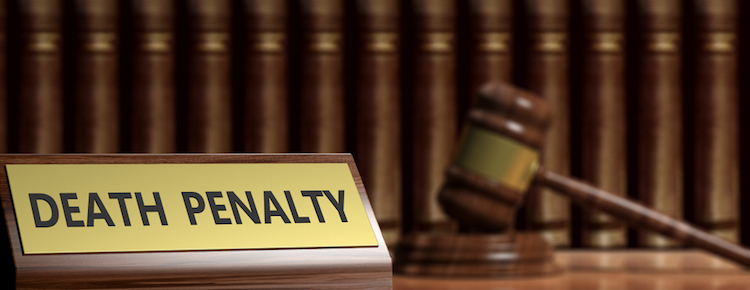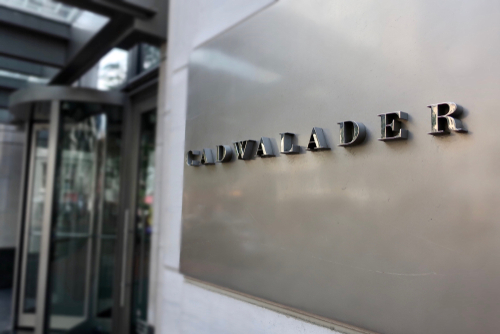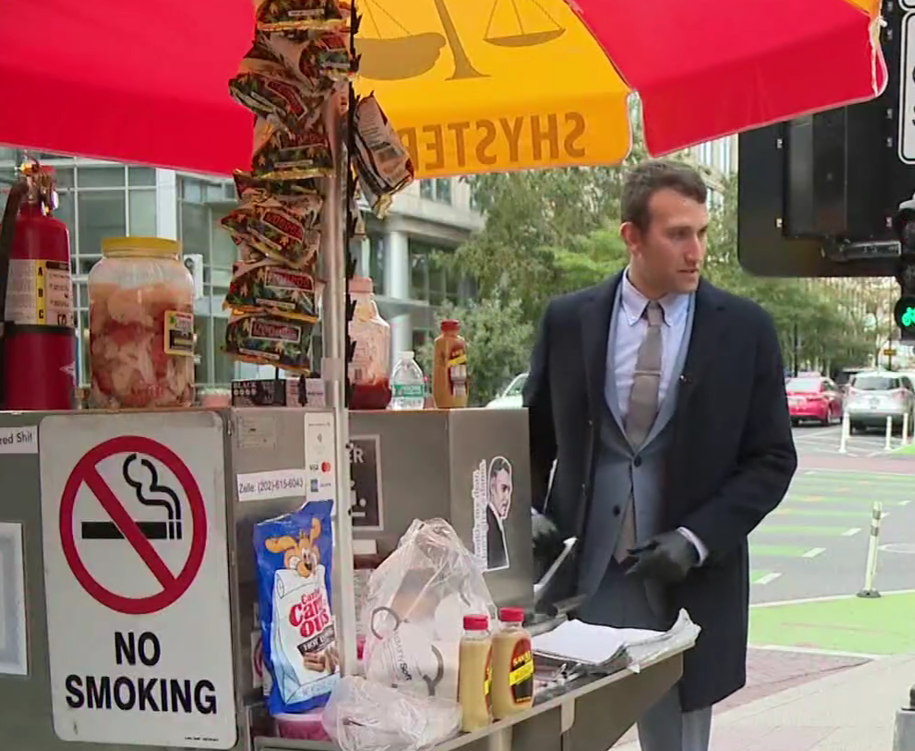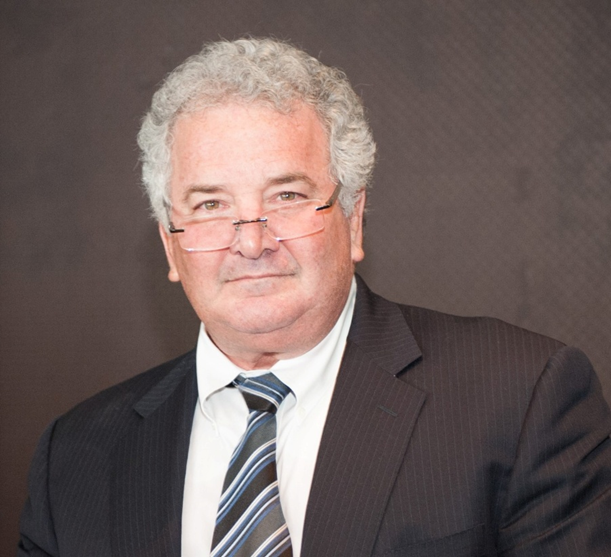By Lee A. Kraftchick
Lawyers are frequently stereotyped as being “bad at math.” The stereotype is inaccurate. Lawyers must employ mathematics regularly in both litigation and transactional work; they cannot be innumerate and practice competently. The “lawyers are bad at math” stereotype excuses otherwise unacceptable practices and must not be perpetuated.
The stereotype that “lawyers are bad at math” comes primarily from lawyers themselves. Lawyers regularly joke about it. The chief justice himself, John Roberts, has said, “I think there are a lot of people who go to law school because they are not good at math and can’t think of anything else to do.” The joke even appears in published opinions: The formula is “so easy that even a group of lawyers could figure it out.” If the stereotype were merely a joke, it would be harmless. Unfortunately, many contend that lawyers have “embraced innumeracy.”
While the stereotype is commonly accepted today, historically an understanding of math was considered essential to being a lawyer. The courts have long recognized the connection between mathematical proof and legal reasoning, even calling legal principles “axioms” and “postulates.”
President Abraham Lincoln famously said: “In the course of my law reading, I constantly came upon the word ‘demonstrate.’ [I concluded I could] never make a lawyer if (I) do not understand what ‘demonstrate’ means; and I left [the study of law], went home … and stayed there till I could give any propositions in the six books of Euclid at sight. I then found out what ‘demonstrate’ means and went back to my law studies.”
Additional evidence that law and math are closely connected comes in the interesting form of lawyers who were great mathematicians. Pierre de Fermat spent his working career as a magistrate writing legal opinions, mathematics was just “a hobby.” Fermat proved several important propositions, but he is best remembered for what came to be known as “Fermat’s Last Theorem,” the proposition that you can add two squares to get another square, but you cannot do the same with cubes or higher powers.
The proposition remained a conjecture for over 350 years until 1994, when it was finally proved. Gottfried Leibniz, who worked as a lawyer in appellate and diplomatic roles, developed the calculus independently of Isaac Newton. Christian Goldbach held legal office in the Russian Ministry. “Goldbach’s Conjecture,” the proposition that every even integer greater than two can be expressed as the sum of two primes, proposed in 1742, has neither been proved nor disproved to this day.
Despite the historical connections between math and law, the “lawyers are bad at math” stereotype has today taken firm root. The stereotype stems from the way lawyers are trained and the way some practice. Incidents of lawyers’ misunderstanding math are easy to find. They are described in caselaw, scholarly articles and entire books. Upon inspection, however, it turns out these critics repeatedly cite the same few examples of lawyers misusing math but ignore the thousands of instances where lawyers have used math properly, which would tip the scales to show that lawyers are not innumerate.
One case alone, People v. Collins, in which a prosecutor improperly used statistics, has been cited dozens of times, but the case was promptly reversed. It is difficult to get a reasonable estimate of the number of cases involving lawyers committing math errors, but as Collins shows, the courts have typically prevented them from affecting final decisions.
There is ample evidence that lawyers use mathematics regularly and properly. Transactional lawyers use mathematics in estate planning and other financial matters. Criminal lawyers use mathematics in the analyses of evidence and in challenges to prosecutorial conduct. Civil litigators use mathematics in accident reconstruction, discrimination cases, to show monopolization in antitrust actions and to calculate damages. The mathematical methods lawyers use vary from simple arithmetic to sophisticated statistical analyses. For every citation of a case showing a lawyer misusing math, there are hundreds showing lawyers using it properly.
Most fundamentally, mathematical reasoning is the model for legal reasoning. This is what President Lincoln meant when he said he had to study Euclid’s Elements before he could study law. Mathematical reasoning uses several methods of proof, including deductive, proof by contradiction and proof by contraposition. Lawyers use them all.
There is no more evidence to support the “lawyers are bad at math” stereotype than there is evidence to support other negative stereotypes about lawyers. Most lawyers are no more guilty of being “bad at math” than they are guilty of being unethical, obnoxious, manipulative, disingenuous, money hungry, “sharks” or “ambulance chasers.” These stereotypes, like the math stereotype, are based on nothing more than isolated instances of poor behavior.
Demonstrating that the “lawyers are bad at math” stereotype is inaccurate is the easy part. The next step, convincing lawyers and judges to stop perpetuating it, is much more difficult. Facts should matter, but stereotypes are notoriously resistant to facts.
People tend to notice and remember incidents that support their preconceived beliefs and to ignore anything that challenges or contradicts them. The legal profession has internalized the stereotype to the point that most students apply to law school assuming they will never have to use math, and some lawyers avoid using math even when a legal issue requires it.
If lawyers can accept that being “bad at math” is not something to flaunt, undergraduates interested in becoming lawyers will be encouraged to study mathematics, including logic and statistics. Lawyers, knowing that the stereotype is false, will have to accept responsibility for spotting mathematical issues and study the applicable math. While lawyers may not have to personally know how to use sophisticated mathematical methods, they do have to know when they are relevant and how to explain their import to clients and decision-makers.
Innumeracy is not limited to lawyers. It has unfortunately become socially acceptable to say, “I’m bad at math.” But just because it is tolerated does not mean it is in society’s best interests for otherwise intelligent people to proudly proclaim they are poor at such an essential skill. Saying you are “bad at math” is a self-fulfilling prophesy. If you accept being “bad at math,” you are not likely to do anything to improve. Given the pervasiveness of math in our modern technological society, we cannot afford to perpetuate the myth that it is acceptable for educated people to proudly proclaim they are innumerate.
Physicist Richard Feynman described mathematics as a “language, a formal logical way of expressing relationships, [but] not just a language. Mathematics is a language plus reasoning. … It’s … a big collection of the results of some persons’ careful thought and reasoning.”
Law, too, is a language, a logical way of expressing legal relationships, with its own axioms, postulates and definitions in the form of constitutions, common law and legislation, plus reasoning producing a collection of “theorems” in the form of caselaw.
Lawyers are no worse than others at mathematics (likely better), as demonstrated in thousands of legal decisions. Perpetuating the inaccurate stereotype is a severe miscalculation.
Lee A. Kraftchick worked as an assistant Miami-Dade County attorney and chief of its labor and employment section for 32 years. Since retiring, he has worked part time as a labor and consumer arbitrator in Miami. He has a bachelor’s degree in mathematics.
ABAJournal.com is accepting queries for original, thoughtful, nonpromotional articles and commentary by unpaid contributors to run in the Your Voice section. Details and submission guidelines are posted at “Your Submissions, Your Voice.”





